November 15, 2016
Penson completes design for artful London HQ of financial services company SEI 0
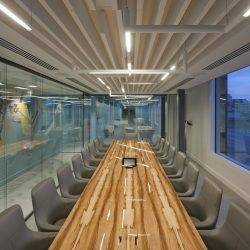 Financial services firm SEI has taken residence at a new London headquarters designed by Penson. Located in Finsbury Square, The Alphabeta Building is spread over three floors. The 6320 sq. m, office incorporates natural materials such as upcycled timber, bold red steel and colourful walls. The office is divided into individual hubs with meeting rooms, chill-out zones, kitchenettes and pods providing a balance between open and private spaces. The new HQ is also set to house part of the West Collection, a contemporary art collection owned by Alfred P. West, Jr., Chairman and CEO of SEI, and curated by his daughter. The works include sculpture, installations drawing, painting, and photography, many of which reflect an environmental theme.
Financial services firm SEI has taken residence at a new London headquarters designed by Penson. Located in Finsbury Square, The Alphabeta Building is spread over three floors. The 6320 sq. m, office incorporates natural materials such as upcycled timber, bold red steel and colourful walls. The office is divided into individual hubs with meeting rooms, chill-out zones, kitchenettes and pods providing a balance between open and private spaces. The new HQ is also set to house part of the West Collection, a contemporary art collection owned by Alfred P. West, Jr., Chairman and CEO of SEI, and curated by his daughter. The works include sculpture, installations drawing, painting, and photography, many of which reflect an environmental theme.





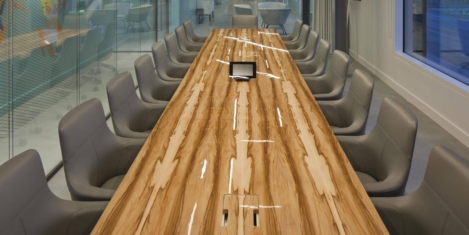
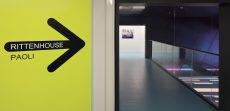
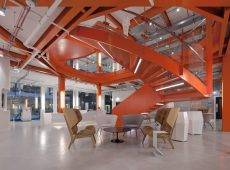
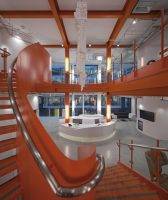
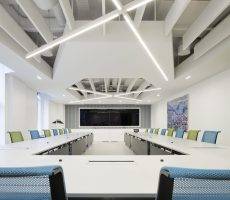
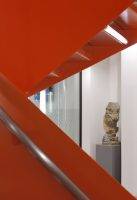
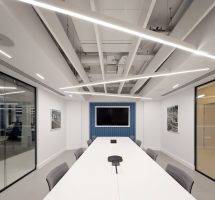
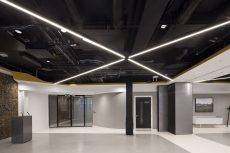
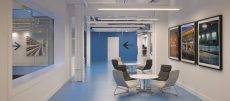
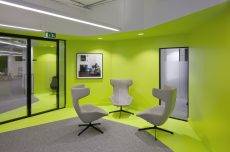

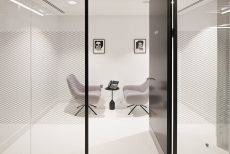
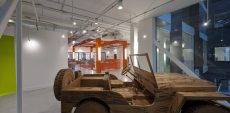
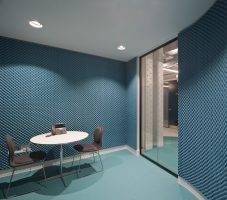
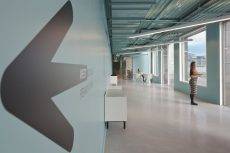
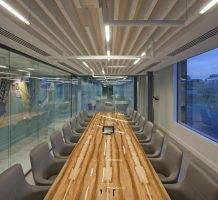
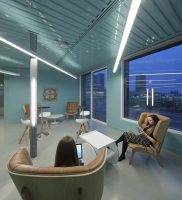


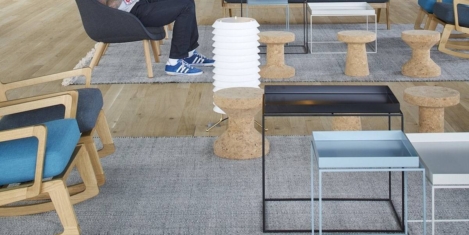
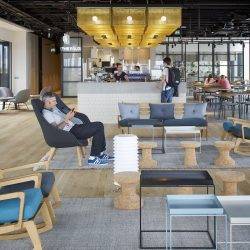










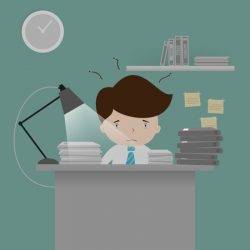













November 4, 2016
Lack of flexible working a major reason for junior staff’s discontent 0
by Sara Bean • Comment, Facilities management, Flexible working, News, Wellbeing, Workplace
(more…)